
Composed for violist Marco Fusi and performed on viola d'amore, Evan Johnson's most extended work to date unfolds with extreme precision and delicate fragmentation, where hushed gestures, suppressed resonance, and micro-detailed silences create a hauntingly expressive sonic terrain of particulate texture and introspective, dust-like lyricism.
In Stock
Quantity in Basket: None
Log In to use our Wish List
Shipping Weight: 3.00 units
EU & UK Customers:
Discogs.com can handle your VAT payments
So please order through Discogs
Sample The Album:
Evan Johnson-composer
Marco Fusi-Viola d'Amore
Click an artist name above to see in-stock items for that artist.
Label: Another Timbre
Catalog ID: at237
Squidco Product Code: 36221
Format: CD
Condition: New
Released: 2025
Country: UK
Packaging: Cardboard Gatefold
Recorded at the Orpheus Institute, in Ghent, Belgium, in September, 2023, by Luca Piovesan.
"Barely perceptible, tiny, almost incidental gestures are notated with the utmost precision, so that fractions of a second are divided and shaped into a multitude of pitches, superimposed rhythms, dynamic progressions, melodic figures, and merging gestures. Even explicitly inaudible sounds and pauses are provided with design details such as crescendos. In this sense, the piece is not minimalist. It does not reduce the complexity and richness of language. Rather, it composes the space itself to make this language heard."-Another Timbre
Another Timbre Interview with Evan Johnson
What is the background to the piece? Why viola d'amore, and it's a great title - but where does it come from?
The title is a bit unusual, for me, in that most of my titles are little snippets of reference to external things-works of art, other (usually medieval-ish) music, literary or philological terminology, etc. etc. But this one is a phrase I just made up. In particular, I've been using the words "dust" and "dusty" an awful lot recently in my sketches and sometimes in scores themselves, to refer to a particular type of material I've become very fond of in recent years-dry, sparse, particulate-and knowing that this extended work would take the form of a partially separable collection of pieces-a "book", that is-it seemed like a reasonable title. I meant it to be sort of neutral, maybe as an antidote to my history of titles that definitely draw attention to themselves, but I also think it's a nice little pair of words.
I also really like what Marco writes in his little text in the CD package, about how the piece reminds him of dust settling on a variety of different surfaces. I think that's a marvelous way of thinking about how the material of the piece (and some other recent pieces of mine) behaves.
As for the instrument, I guess I've accumulated a reputation for being interested in unusual, marginal, obsolete instruments-toy pianos, chalumeaux, that sort of thing. This piece in particular was Marco's idea; he's been commissioning new music for viola d'amore for years, which is a bit of a lonely project I suppose but he's accumulated quite a portfolio.
I should probably also mention that this is the longest thing I've ever done. That aspect of it was not Marco's idea. I've often found myself drawn to the idea of extended durations, although usually without the opportunity to make them a reality (there's a piece for clarinet and string trio from seven or eight years ago that's about forty minutes, but nothing else comes close). But something about the way time becomes viscous, the way the accumulation of all the constant silences (from tiny to massive) puts a gradually overwhelming pressure on the way the music goes, where all those tiny particles of dust come to rest, is really appealing to me. It can also make for an extremely stressful and prolonged compositional process.
Did you compose the piece specifically for Marco, or were you already planning a solo piece for viola d'amore?
As I mentioned, our collaboration was Marco's idea in the first place; we'd been idly talking about it for years before there was a chance to make it happen (Marco gave the premiere, in one of the most intensely memorable concerts I've ever been a part of, at Darmstadt in the summer of 2023, and we recorded it later that year). It was an unusually intensive collaborative process by my standards; usually I'm the sort of composer who disappears for months on end, maybe emailing the occasional question, then emerges with a piece, but in this case I needed a sense of the instrument I really couldn't get from other repertoire and eighteenth-century performance manuals, illuminating as those sometimes were.
I'm based in Amsterdam now, and luckily Marco was a fellow at the Orpheus Institute in Ghent while we were working on the piece, so he was often only a quite manageable train ride away. I visited him at the Institute three or four times while we poked and prodded the thing, put things in the strings, worked with various tunings, and so on.
The main thing that struck me about the viola d'amore was its resonance. As someone who's been around countless violins and violas and cellos and basses, I was astonished at just how the sound blossomed, even in the acoustically useless classroom-style room we had to work in. You breathe on the thing and it sings for ages. It was totally unexpected and totally marvelous.
You're right, the viola d'amore is an unusually resonant instrument, but I wouldn't have had 'resonance' as one of the first words I'd use to describe the piece, as that implies a kind of sumptuousness. 'Austere' might be the first word that comes to my mind because it's almost as if in most of the piece you're trying to suppress the natural resonance of the instrument. I assumed that this was a conscious strategy, or am I wrong? Do you feel the piece is austere?
Yes it certainly is, in one sense: in the sense that much, even most, of it consists of widely separated isolated gestures, a fair number of which are themselves brief atomic events. And it is in fact literally the case that, in much of the piece, the resonance of the instrument is suppressed: in the first four movements, some (in the fourth movement, all) of the sympathetic strings are stifled with material (I think Marco cut up an old yoga mat) stuck between them and the back of the fingerboard.
But the instrument is just so resonant that even when the sympathetic strings are "turned off" this way, it is still amazingly alive. The fourth movement, for instance, where the sympathetic strings are totally inactive, begins with a long series of loud cracks done by placing the instrument on a table and executing precise tiny movements of the bow with very high pressure on the strings, and even that produces a halo of warmth.
But, on the other hand, there are large swaths of the piece that I do not think of austere at all. Silence and sparseness does not mean austerity for me. Silences can have many different atmospheres, many different colors and affects and feels, and generally the silences in this piece mean other things to me-reticence, tentativeness, hesitance, a gentle weariness maybe... but not austerity, not a forbidding stoniness or asceticism. It matters a great deal what happens on either side of all those silences, between and among and behind them, growing in the cracks between them, and here (as virtually always in my work) much of what grows is (at least in my mind!) warmly melodic, open, ornamented, even rhapsodic. And the silences, to my mind, are spaces where that warmth, that lyricism, can gently resonate.
In the lovely short text about the piece on the CD cover which you refer to above, Marco Fusi writes: "Imagine silences as surfaces. Imagine many kinds of surfaces. Glass, wood, granite, grass, paper, books. Surfaces collect dust, and each surface collects a different kind of dust.
"When vibrations move the air, dust flows away from these surfaces and then, slowly, comes to rest again. And the listener remains enchanted by the marginal, minimal movements of the minute particles of dust, flickering through light."
That is as good a description of your recent aesthetic as I've heard. Music as an almost accidental epiphenomenon of marginal and usually unnoticed processes occurring in the shadows. What draws you to this obscure hinterland? And aren't you ever tempted to pull your music out into the limelight?
It's true that most of the things I have done have been extremely spare, fragmentary, silence-filled, since 2012-I can pinpoint the moment it began, with a pair of miniature madrigals for EXAUDI. There have been pieces here and there with extended passages of aggressiveness, density, athleticism, sometimes even loudness (!), but those are still exceptions.
What happens over the course of almost a decade and a half is that this becomes the landscape I inhabit, the way I think about what I am doing, by which I mean the way I evaluate compositional choices, moment to moment, simply by habit, and that's how the boundaries of a style gradually form. Little infatuations, stylistically speaking, come and go-right now, with me, it's passing moments or passages of rhythmic regularity (you hear that sometimes in dust book, especially towards the end)-but the boundaries are still there in the fog. Someday, I assume, they'll dissolve and something else will take their place.
I've made several attempts, both for my own benefit and in the context of lectures on my work, at describing what it is that appeals to me about this sort of language. Right now it seems to me to have to do mostly with an attraction to the idea of a music that doesn't attempt to exhibit control-that doesn't dominate its duration, that doesn't try to persuade you that it's right. A significant subset of my favorite composers-I think first of all of Froberger, Schumann, Sibelius, Sciarrino, some Wandelweiser repertoire, some music of Jean Barraqué and his student Bill Hopkins-share, among little else, a sense that the music is stumbling its way forward, trying to assemble itself out of fragments, unsure of where it's going, as if it can't see its way in the dark.
Virtually every event in this piece (and in most of my work more generally) has some sort of fissure, or crack, or instability, on a microscopic level-nothing is sustained for long without faltering, or without being in a continual state of incipient disintegration. It's like a fractal, emptiness permeating everything no matter how closely you zoom in. Every note that lasts more than an instant has the same feeling as the whole: that it itself is not sure where its next foothold will be, whether it will make progress to wherever it thinks it's going or whether it will slip incrementally backwards.
As to why that appeals to me? At some point you hit the irreducible core of a stylistic preference. But I think it might also be a reaction of sorts to being saturated with music (and time-based art of other sorts, and people) trying to assert dominance, to "carry the listener away", to whisk you up into its overweening confidence and bravura and not put you down until it's done with you. I'm much more interested in an experience of contingency, frailty, quietness, ambiguity, modesty. I like the idea of taking the time that it takes to inhabit this gray, cloudy world, which may be suffused with beauty but beauty of a sort that doesn't grab you by the lapels but walks along with you and experiences time passing like you do, with the sense of wonder that comes from not having all the answers.
Artist Biographies
• Show Bio for Evan Johnson "Evan Johnson [b. 1980] is an American composer whose music focuses on extremes of density and of reticence, of difficulty and of sparsity, and on hiding itself. His music has been performed throughout North America, Europe and beyond by leading ensembles such as Musikfabrik, ELISION, the BBC Scottish Symphony Orchestra, Trio Accanto, the International Contemporary Ensemble, the Riot Ensemble, EXAUDI, and many others, as well as a wide variety of international soloists. His work has been programmed at many international festivals of contemporary music, including the Lucerne Festival, Darmstadt Summer Courses, Wittener Tage für neue Kammermusik, Huddersfield Contemporary Music Festival, Milano Musica, Ultraschall (Berlin), TRANSIT (Leuven), Gaudeamus Muziekweek (Utrecht), Klangwerkstatt Berlin, London Contemporary Music Festival, Bludenzer Tage zeitgemäße Musik, and others, featured on the Monday Evening Concerts series in Los Angeles, and heard at such venues as Miller Theatre (New York) and London's Wigmore Hall. Portrait discs are available on Kairos, all that dust, and Another Timbre, with others forthcoming; recordings of individual works are available on HCR, Metier, New Focus, Label Musikfabrik, and Wergo. Selected scores are published by Edition Gravis (Berlin). Also active as a writer on contemporary music, Johnson has contributed to Tempo, Contemporary Music Review, MusikTexte, Music Theory Spectrum, GroveMusic Online, and NewMusicBox, and provided booklet essays for discs on the Mode, NEOS, NMC, Metier, and Kairos labels with music by Peter Ablinger, Joanna Bailie, Aaron Cassidy, Einar Torfi Einarsson, Andrew Greenwald, and James Weeks. He holds degrees in composition from SUNY Buffalo and Yale University, and has lectured widely on his own work and taught composition, analysis and orchestration at SUNY Buffalo, Northeastern University, and Harvard. He lives in Amsterdam and in Arlington, Massachusetts, with his wife and two small children." ^ Hide Bio for Evan Johnson • Show Bio for Marco Fusi "Marco Fusi is a violinist/violist, a researcher in music performance, and a passionate advocate for the music of our time. Among many collaborations with emerging and established composers, he has premiered works by Jessie Marino, Tim McCormack, Yu Kuwabara, Evan Johnson and Kristine Tjøgersen, among others. Marco has performed with Pierre Boulez, Elena Schwarz, Lorin Maazel, Susanna Mälkki, Alan Gilbert, and frequently plays with leading contemporary ensembles including Klangforum Wien, MusikFabrik, Meitar Ensemble, Mivos Quartet, Ensemble Linea. He has recorded several solo albums, published by Kairos, Stradivarius, Col Legno, Da Vinci, Geiger Grammofon, New Focus Recordings. Marco also plays viola d'amore, commissioning new pieces and collaborating with composers to promote and expand existing repertoire for the instrument. After his Masters in Violin and Composition at the Conservatory of Milan, Marco received his PhD from the University of Antwerp / docARTES program with a dissertation on the performance practice of Giacinto Scelsi's works for string instruments. He is currently Assistant Professor of Artistic Research at HEMU Lausanne and Associate Researcher at the Orpheus Instituut of Gent." ^ Hide Bio for Marco Fusi
6/11/2025
Have a better biography or biography source? Please Contact Us so that we can update this biography.
6/11/2025
Have a better biography or biography source? Please Contact Us so that we can update this biography.
Track Listing:
1. Interlude 8:50
2. Several Canons 9:20
3. In Modo Parentetico 4:21
4. Interlude (Double) 10:01
5. In Modo Parentetico 5:28
6. Interlude (Dust) 11:10
Compositional Forms
Stringed Instruments
Solo Artist Recordings
European Improvisation, Composition and Experimental Forms
Sound, Noise, &c.
New in Compositional Music
Recent Releases and Best Sellers
Search for other titles on the label:
Another Timbre.
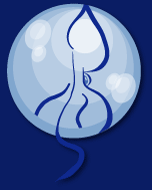

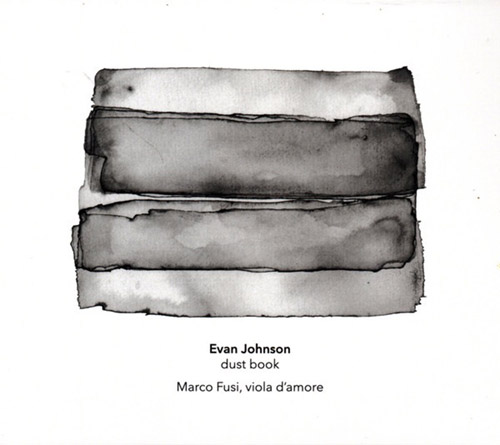
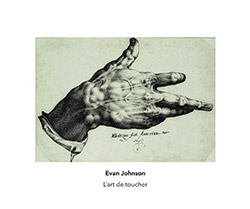
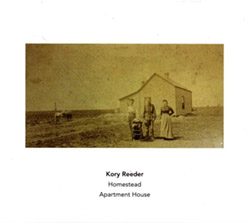
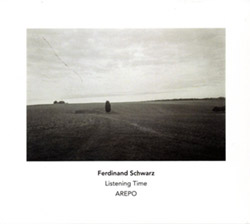
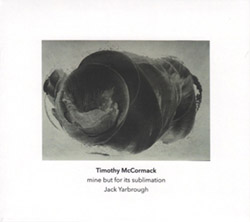
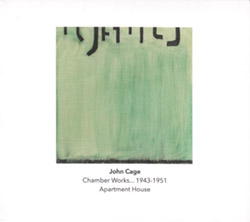
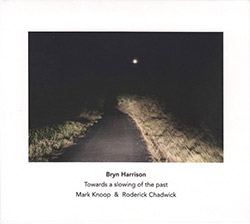
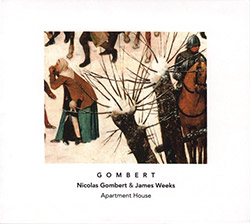
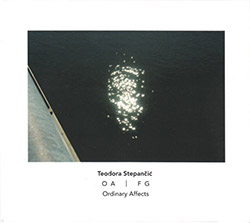
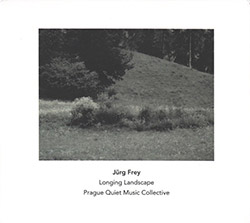
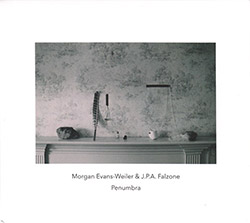
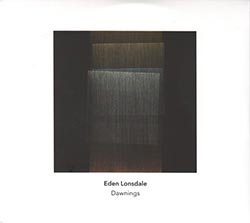
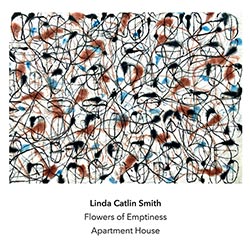
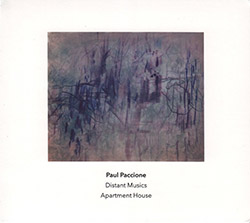
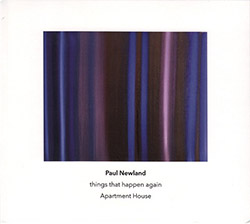
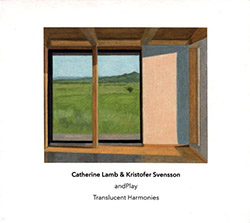
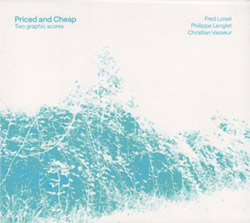

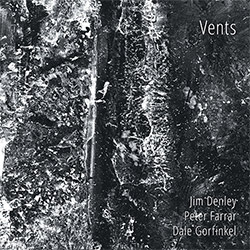
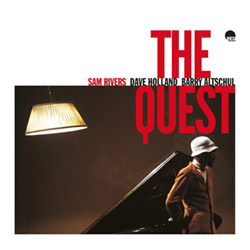
![Re-Ghoster Extended: The Zebra Paradox [VINYL]](https://www.teuthida.com/productImages/misc4/36204.jpg)
![FDF Trio: Possibility And Prejudices From Within A Cup [VINYL]](https://www.teuthida.com/productImages/misc4/36205.jpg)
![Money : Money 2 [2 CDs]](https://www.teuthida.com/productImages/misc4/35894.jpg)
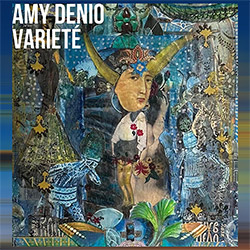
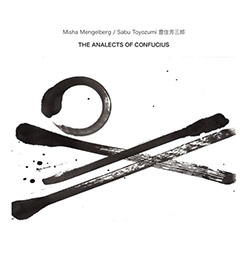
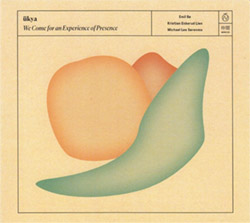
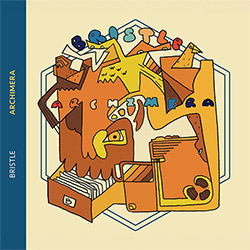
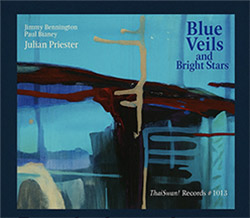
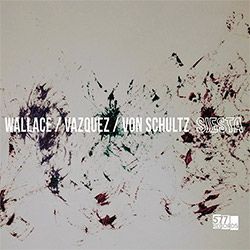
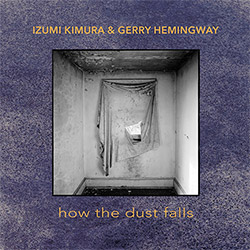
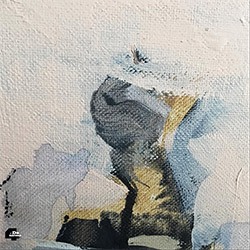
![Various Artists: Music is a Message From Space [VINYL]](https://www.teuthida.com/productImages/misc4/36227.jpg)
![Eventless Plot | Yorgos Dimitriadis: Entanglements [CASSETTE + DOWNLOAD]](https://www.teuthida.com/productImages/misc4/36230.jpg)
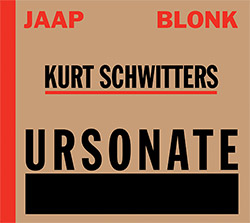
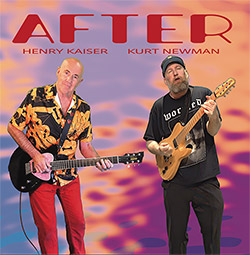
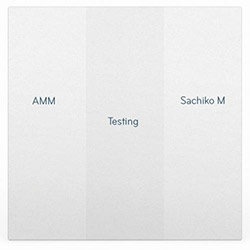
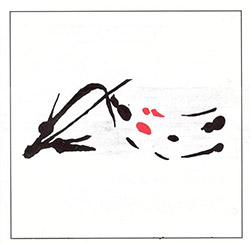
![Myers, Jackie: What About The Butterfly [VINYL]](https://www.teuthida.com/productImages/misc4/35741.jpg)

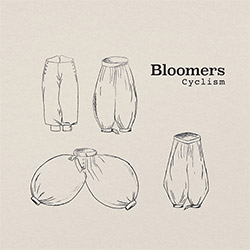
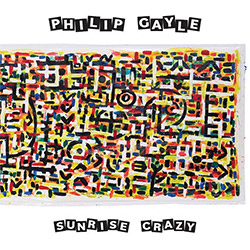
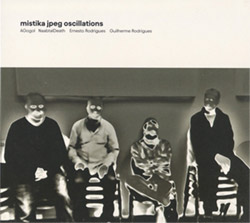
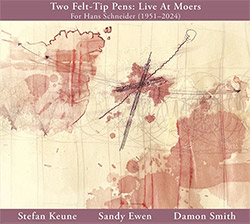

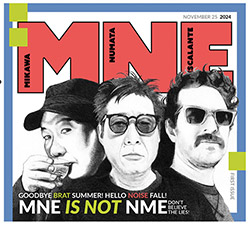
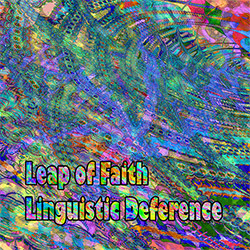
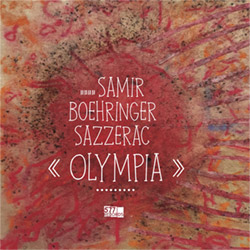
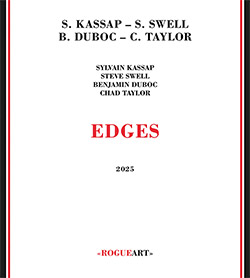
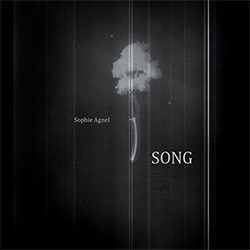
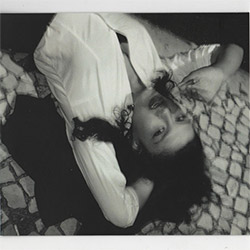

![Eva Novoa: Novoa / Kamaguchi / Cleaver Trio - Vol. 2 [VINYL]](https://www.teuthida.com/productImages/misc4/35939.jpg)
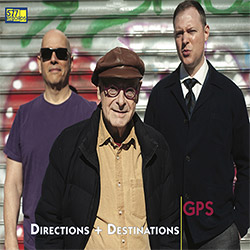
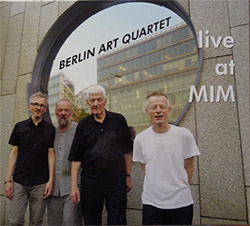

![Zethson, Alex / Johan Jutterstrom: It Could / If I [VINYL]](https://www.teuthida.com/productImages/misc4/36259.jpg)
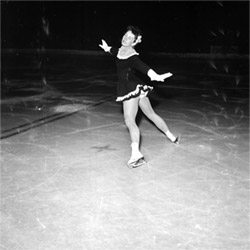
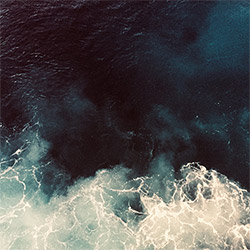
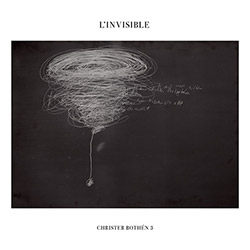
![Bromander, Vilhelm Unfolding Orchestra: Jorden Vi Arvde [VINYL]](https://www.teuthida.com/productImages/misc4/36256.jpg)
![Zethson, Alex / Nikos Veliotis : Cryo [VINYL]](https://www.teuthida.com/productImages/misc4/36257.jpg)
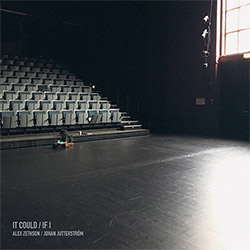
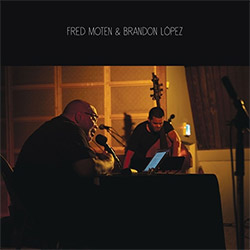
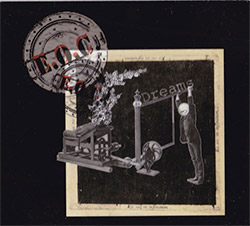

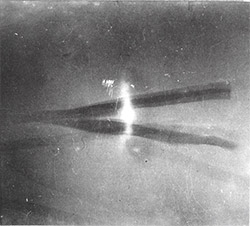
![Klinga, Erik: Elusive Shimmer [VINYL]](https://www.teuthida.com/productImages/misc4/36258.jpg)
![CHANGES TO blind (Phil Zampino): Volume 9 - I Wave on a Fine Vile Mist [CD + DOWNLOAD]](https://www.teuthida.com/productImages/misc4/36061.jpg)

![Wallmart / Rubbish: Asset Protection [split CD]](https://www.teuthida.com/productImages/misc4/35900.jpg)
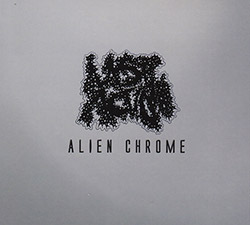

![+Dog+: The Family Music Book Vol. 5 [2 CDs]](https://www.teuthida.com/productImages/misc4/35897.jpg)
![Kuvveti, Deli : Kuslar Soyledi [CASSETTE w/ DOWNLOAD]](https://www.teuthida.com/productImages/misc4/36107.jpg)
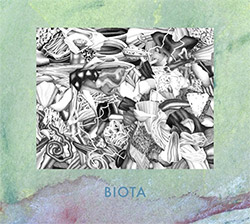
![Nakayama, Tetsuya: Edo Wan [CASSETTE w/ DOWNLOAD]](https://www.teuthida.com/productImages/misc4/36105.jpg)
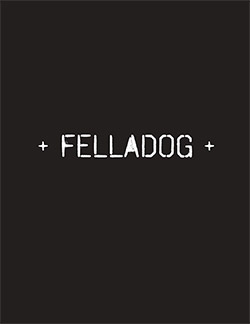
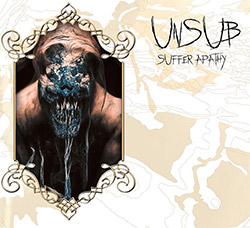
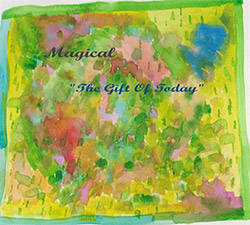
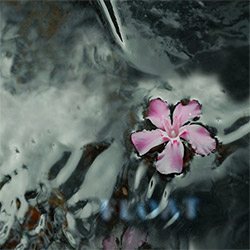
![Yiyuan, Liang / Li Daiguo: Sonic Talismans [VINYL]](https://www.teuthida.com/productImages/misc4/35957.jpg)
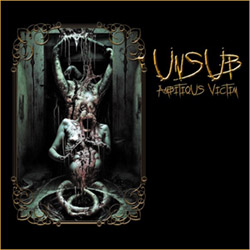
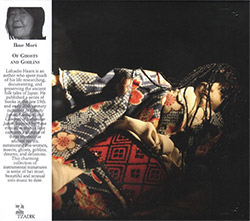
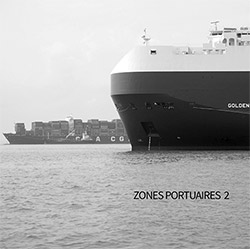
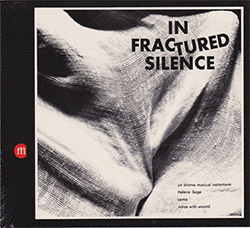
![111 (Michelle / Villamil): Live at Opus 40 [CASSETTE + DOWNLOAD]](https://www.teuthida.com/productImages/misc4/35986.jpg)
![del Pino, Francisco / Charlotte Mundy: The Sea [CASSETTE + DOWNLOAD]](https://www.teuthida.com/productImages/misc4/35987.jpg)
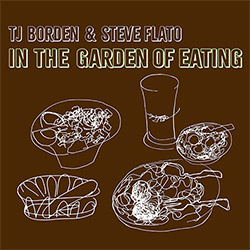
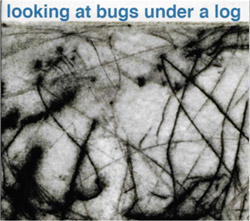
![Niblock, Phill / Anna Clementi / Thomas Stern: Zound Delta 2 [VINYL]](https://www.teuthida.com/productImages/misc4/34623.jpg)
![Myers, David Lee : Tin Drop Tear [BOOK w/ DOWNLOAD]](https://www.teuthida.com/productImages/misc4/36030.jpg)
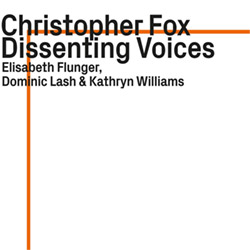
![Palestine, Charlemagne / Seppe Gebruers: Beyondddddd The Notessssss [VINYL]](https://www.teuthida.com/productImages/misc4/36206.jpg)
![Palestine, Charlemagne / Seppe Gebruers: Beyondddddd The Notessssss [NEON GREEN VINYL]](https://www.teuthida.com/productImages/misc4/36207.jpg)
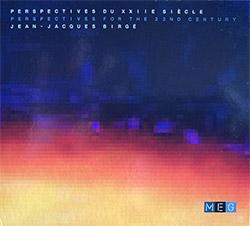
![Laubrock, Ingrid: Purposing The Air [2 CDs]](https://www.teuthida.com/productImages/misc4/35639.jpg)
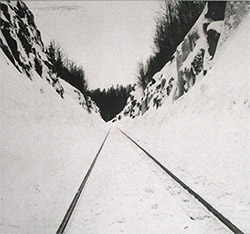
![Yoko, Ono / The Great Learning Orchestra: Selected Recordings From Grapefruit [2 CDs]](https://www.teuthida.com/productImages/misc4/35841.jpg)
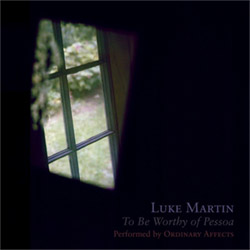
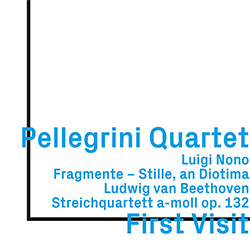
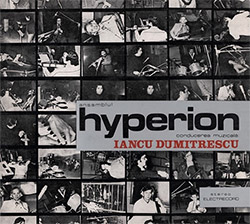
![Zorn, John / JACK Quartet: The Complete String Quartets [2 CDs]](https://www.teuthida.com/productImages/misc4/35609.jpg)

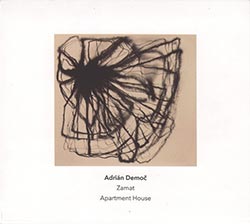
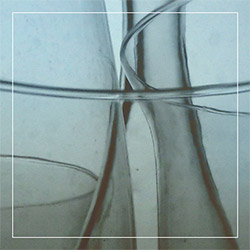


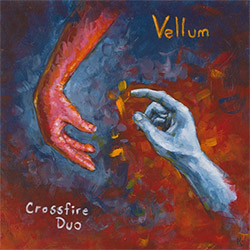
![Sorry For Laughing (G. Whitlow / M. Bates / Dave-Id / E. Ka-Spel): Rain Flowers [2 CDS]](https://www.teuthida.com/productImages/misc4/35985.jpg)

![Rolando, Tommaso / Andy Moor : Biscotti [CASSETTE w/ DOWNLOADS]](https://www.teuthida.com/productImages/misc4/36106.jpg)
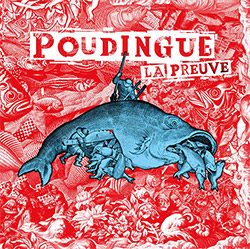
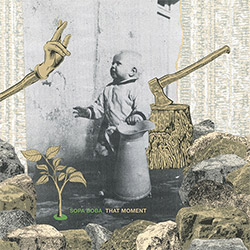
![Electric Bird Noise / Derek Roddy: 8-10-22 [CD EP]](https://www.teuthida.com/productImages/misc4/35970.jpg)
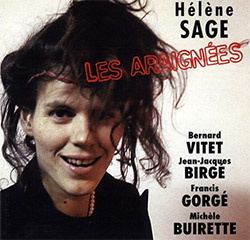

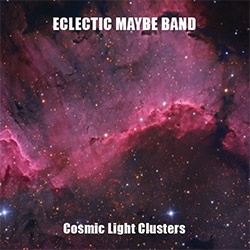
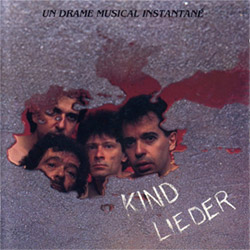
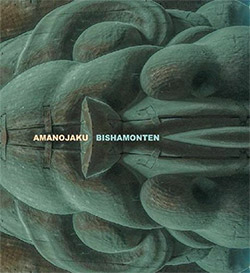
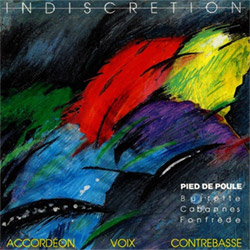
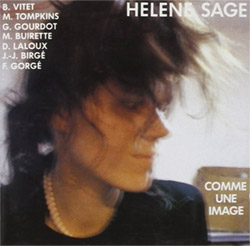

![Elephant9 : Mythical River [VINYL]](https://www.teuthida.com/productImages/misc4/34624.jpg)
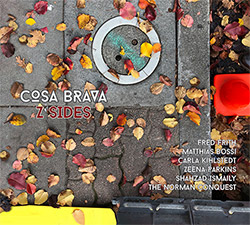
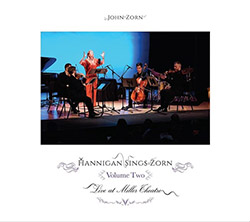
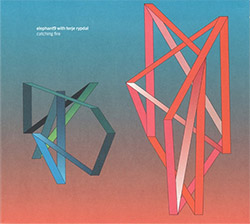
![Elephant9 with Terje Rypdal: Catching Fire [VINYL 2 LPs]](https://www.teuthida.com/productImages/misc4/35355.jpg)
![Deerlady (Obomsawin, Mali / Magdalena Abrego): Greatest Hits [VINYL]](https://www.teuthida.com/productImages/misc4/34876.jpg)
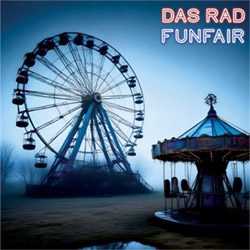
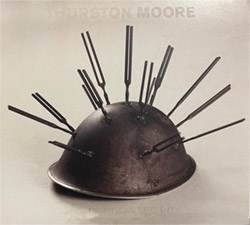

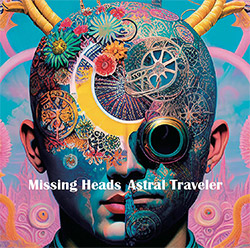
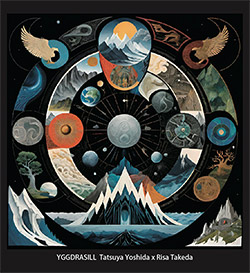
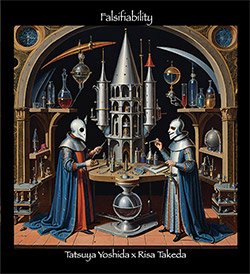
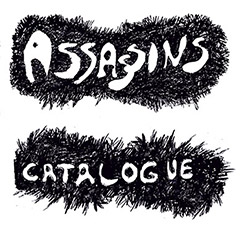
![Surplus 1980: Illusion of Consistency [CD]](https://www.teuthida.com/productImages/misc4/35069.jpg)
![Staiano, Moe: Away Towards the Light [VINYL + DOWNLOAD]](https://www.teuthida.com/productImages/misc4/35037.jpg)
![Coley, Byron: Dating Tips for Touring Bands [VINYL]](https://www.teuthida.com/productImages/misc4/17906.jpg)
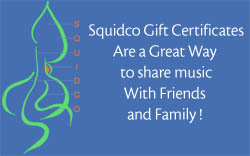
![Lost Kisses: My Life is Sad & Funny [DVD]](https://www.teuthida.com/productImages/misc4/lostKissesDVD.jpg)